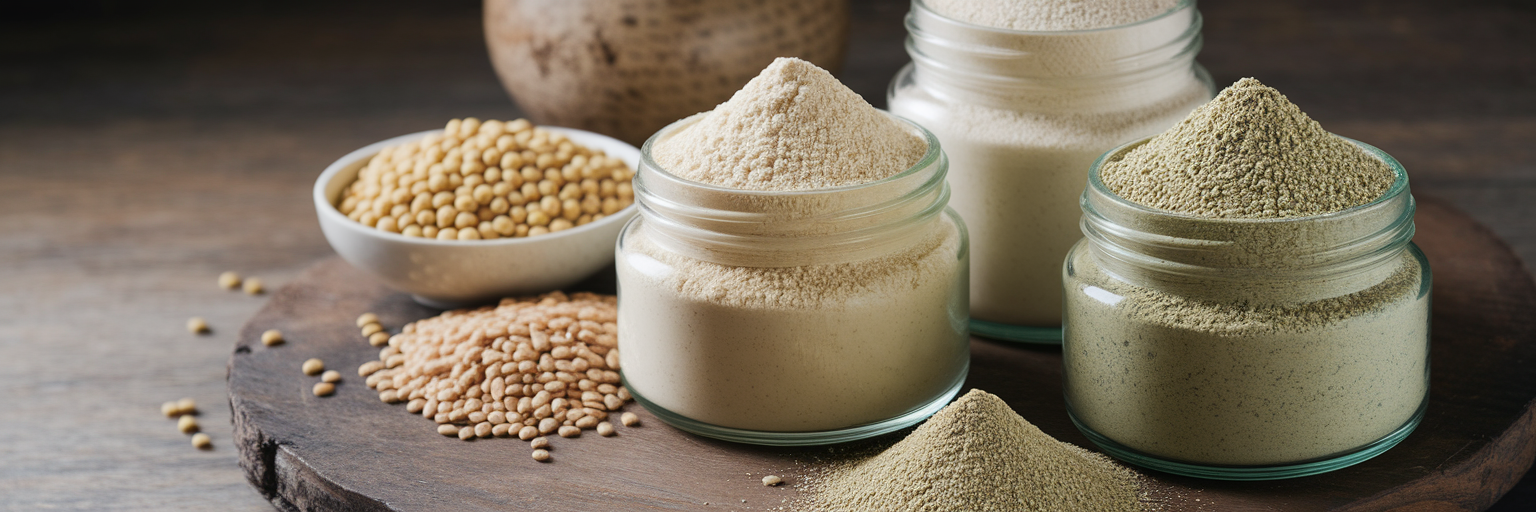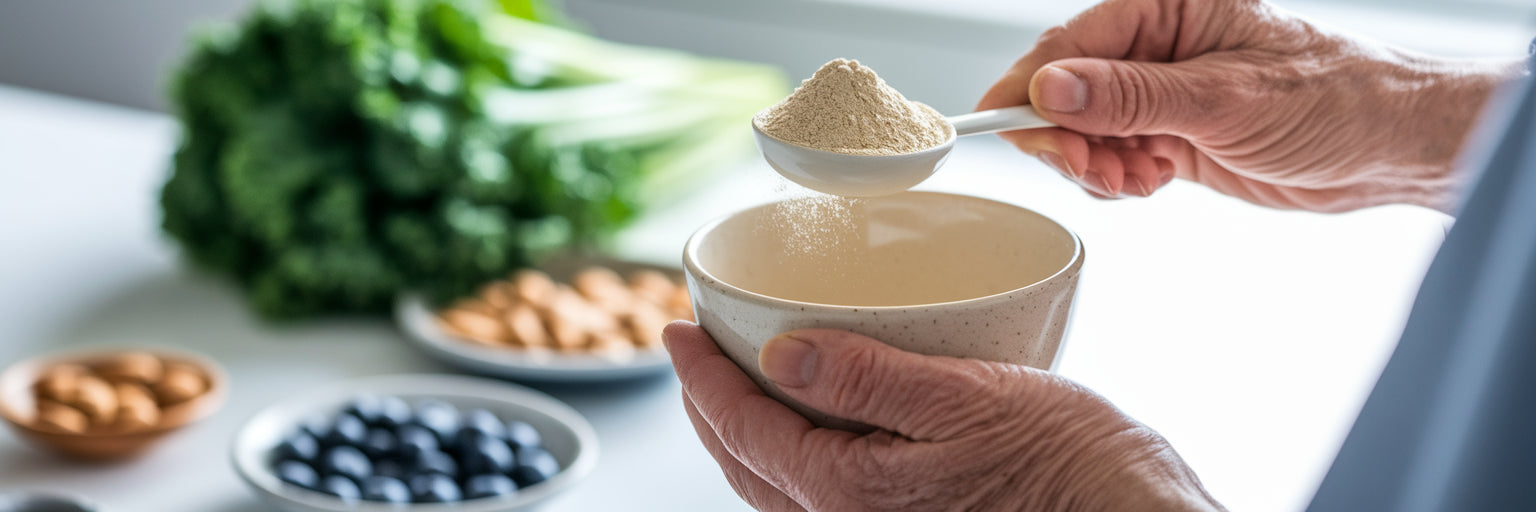Understanding Age-Related Muscle Loss
Have you ever noticed that a full bag of groceries feels a little heavier than it used to? Or that getting up from a low chair requires an extra push? This isn't just in your head. It’s a natural part of aging called sarcopenia, which is simply the gradual loss of muscle mass and strength over time. Think of your muscles like a rechargeable battery. When you’re younger, the battery holds a full charge easily. As the years go by, it naturally starts to hold a little less power, even when you try to keep it full.
This slow decline can quietly affect daily life. It might show up as a slight wobble in your balance, making you more cautious on uneven sidewalks. It could be the difference between easily lifting a grandchild for a hug and feeling a strain in your back. The good news is that this is not a one-way street. Understanding how to stop sarcopenia from progressing is less about fighting a losing battle and more about making smart, proactive choices.
This process is not something to be alarmed by, but rather something to manage. With the right approach to nutrition and activity, you can significantly slow down this muscle loss, maintaining your strength and independence for years to come. It’s about empowering yourself to stay active and engaged in all the activities you love.
The Critical Role of Protein in Healthy Aging

Now that we understand the challenge, let's talk about the solution. When it comes to preventing age-related muscle loss, protein is your most valuable tool. Imagine your muscles are a brick wall that is constantly being repaired. Protein provides the essential "bricks," or amino acids, that your body needs to rebuild and maintain that wall, keeping it strong and sturdy.
As we get older, our bodies experience something called "anabolic resistance." In simple terms, our muscles become a bit more stubborn. They need a clearer, louder signal to start the repair process, and that signal comes from protein. This means we need to consume more protein than we did in our younger years to get the same muscle-building response. Research suggests a target of 1.0 to 1.2 grams of protein per kilogram of body weight. For a 150-pound person, that’s about 68–82 grams of protein every day.
Getting this right comes down to two key habits:
- Aim for a higher daily protein goal. Consciously including protein-rich foods and supplements helps you meet that 68–82 gram target.
- Spread your intake throughout the day. Instead of having one large, protein-heavy dinner, aim for 25–30 grams of protein with each meal. This provides a steady supply of building blocks for your muscles to use.
Focusing on protein is a fundamental step toward healthy aging. For more insights on wellness and nutrition, feel free to explore the articles on our blog.
The Power of Plant-Based Protein for Muscle Support
When people hear "protein," they often think of meat and dairy. But what about plant-based options? There's a common myth that plant proteins are "incomplete" and therefore inferior. The truth is, while some individual plant sources might be low in one or two amino acids, eating a variety of them throughout the day gives your body all the building blocks it needs. You don't need to perfectly combine them in every single meal.
Powerful sources like pea, brown rice, and soy protein are incredibly effective. Pea protein, for example, is rich in branched-chain amino acids (BCAAs), which are particularly important for signaling muscle repair and growth. This isn't just an opinion; it's backed by science. According to research published in Applied Physiology, Nutrition, and Metabolism, plant-based proteins are effective at stimulating muscle protein synthesis, especially when consumed after exercise.
Choosing a plant-based protein for older adults comes with other benefits, too. Unlike their animal-based counterparts, these proteins are packaged with fiber for digestive health, antioxidants to combat cellular stress, and a host of other micronutrients that support overall wellness. A high-quality vegan protein powder isn't a compromise; it's a smart, efficient strategy for meeting your higher protein needs while supporting your long-term health.
How to Select a High-Quality Vegan Protein Powder

With so many options on the shelf, choosing the right powder can feel overwhelming. Here’s a simple guide to help you find the best vegan protein for muscle support without the guesswork.
Read the Label Like a Pro
First, look at the protein source. A blend of different proteins, like pea and brown rice, often provides a more complete amino acid profile. This combination ensures your body gets all the essential building blocks. Next, check the serving size. Aim for a powder that delivers at least 20–25 grams of protein per scoop to help you hit that per-meal target we discussed earlier.
Avoid Unwanted Extras
A simple ingredient list is usually a good sign. Many protein powders are loaded with added sugars, artificial sweeteners, gums, and fillers that you just don’t need. These can sometimes cause digestive discomfort and add empty calories. At Beyond Good Foods, we believe in clean, transparent labels, so you know exactly what you’re putting in your body.
Look for Third-Party Testing
The supplement industry isn't as regulated as you might think. Third-party testing from organizations like NSF or Informed-Sport provides an independent verification that what’s on the label is actually in the container. It’s a seal of quality and trust, ensuring the product is free from contaminants and meets its protein claims. For example, a clean and effective option like our chocolate vegan protein is formulated with these principles in mind.
| Protein Source | Key Benefit | Best For | Amino Acid Profile |
|---|---|---|---|
| Pea Protein | Rich in BCAAs & Iron | Muscle building, easy to digest | High in most essential amino acids, but lower in methionine |
| Brown Rice Protein | Hypoallergenic | Sensitive stomachs, post-workout | Complements pea protein well (higher in methionine) |
| Hemp Protein | Contains Omega-3s & Fiber | Overall wellness, adding texture | Complete protein, but lower in lysine |
| Soy Protein | Complete Protein Source | All-in-one muscle support | Contains all nine essential amino acids |
This table summarizes the unique benefits of common vegan protein sources to help you choose the best fit for your health goals and dietary needs.
Easy and Delicious Ways to Boost Your Daily Protein
Let's be honest: no one wants to drink the same chalky shake every single day. The key to consistency is making your protein intake easy and enjoyable. A vegan protein powder is incredibly versatile and can be used in ways that go far beyond a shaker bottle.
Here are a few simple ideas to get you started:
- The Classic Smoothie: This is a go-to for a reason. Blend one scoop of protein powder with a cup of plant-based milk, a handful of spinach, and your favorite fruit like a banana or berries. It’s a fast, nutrient-dense meal or snack.
- Power Up Your Breakfast: Stir a scoop of vanilla or unflavored protein powder into your morning oatmeal or non-dairy yogurt. It adds a creamy texture and a satisfying protein boost that will keep you full until lunch.
- Bake It In: Add protein powder to pancake, waffle, or muffin batter. This turns a weekend treat into a more balanced, muscle-supporting meal without sacrificing flavor.
- A Savory Surprise: Unflavored pea protein works wonderfully as a thickener for soups, stews, and sauces. Just whisk it in toward the end of cooking to add protein and body to your favorite savory dishes.
Getting creative in the kitchen helps prevent flavor fatigue and makes meeting your protein goals feel effortless. For more inspiration, check out our favorite easy vegan protein recipes.
A Complete Strategy for Lifelong Muscle Health

A high-quality protein powder is an excellent tool, but it’s important to remember that it’s a supplement, not a substitute for a healthy diet. The foundation of your muscle health strategy should always be whole foods. Incorporating plenty of beans, lentils, tofu, nuts, and seeds ensures you’re getting protein along with essential fiber and micronutrients.
The other critical piece of the puzzle is exercise. Think of it this way: protein delivers the bricks, but resistance exercise is the construction crew that tells your body where to build the wall. You don’t need to become a bodybuilder. Simple, accessible activities like using resistance bands, lifting light weights, or even doing chair squats while watching TV can provide the stimulus your muscles need to grow stronger.
By combining a higher protein intake with regular movement, you create a powerful synergy for lifelong strength. This approach, centered on a quality vegan protein for seniors, is an investment in your future—one that helps you maintain your independence, energy, and ability to live life to the fullest. Ready to get started? You can explore our full range of products designed to support your healthy lifestyle.



